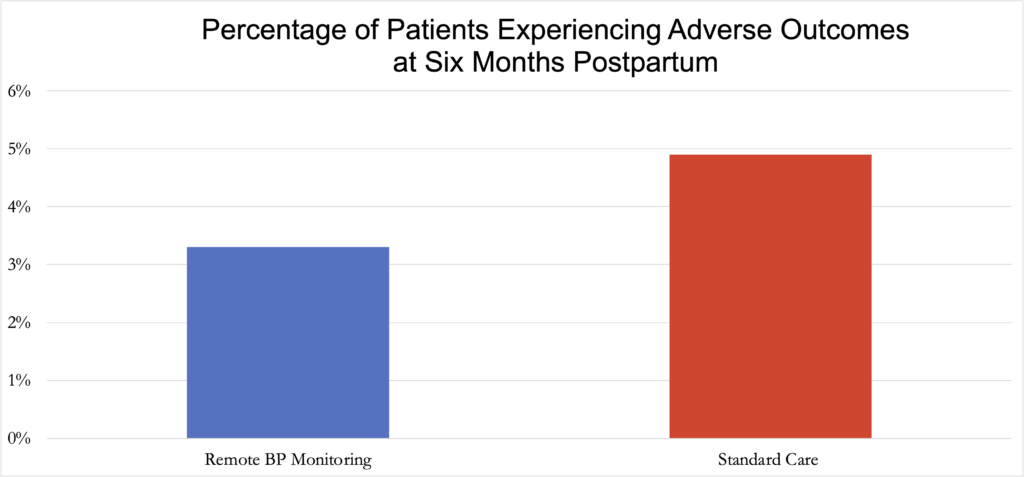
One Agency’s Maps Are Known For Documenting Redlining
But Many Other Factors Played a Role in Denying Loans, LDI Fellow Says
Population Health
Blog Post

Hypertensive disorders during pregnancy, such as gestational hypertension and preeclampsia, can lead to significant maternal complications and even death in the months after delivery. In an effort to address this risk and disparities in accessing postpartum care, a program of remote blood pressure monitoring combined with bi-directional text messaging improved rates of postpartum hypertension monitoring, but what about patient outcomes?
A new study published in the Obstetrics & Gynecology by LDI Senior Fellow Sindhu Srinivas and colleagues evaluated the impact of the text-message-based remote blood pressure monitoring program initiated within the first 10 days after delivery. The study aimed to assess its impact on mitigating adverse postpartum clinical outcomes. The researchers also evaluated health care utilization costs among study patients.
In the six months following delivery, patients enrolled in the remote blood pressure monitoring program were less likely to experience adverse clinical outcomes compared to a matched comparison group of patients who received the usual care. These comparison patients were eligible for the remote blood pressure monitoring program but were treated in other hospitals. Adverse outcomes measured were stroke; disseminated intravascular coagulation; eclampsia; pulmonary edema; kidney injury or liver failure; hemolysis, elevated liver enzymes, low platelet count (HELLP) syndrome; heart attack; and heart damage.
Patients enrolled in the remote blood pressure monitoring program were more likely to access necessary treatment and had more cardiology visits than patients in the comparison group. They also had fewer emergency room visits and hospital readmissions, as well as lower total medical costs compared to the patients in the control group. These results remained when the authors compared those receiving blood pressure monitoring to a second comparison group—patients who were not enrolled in the program but received care in the same hospitals as the intervention group, prior to the program being available.
The study adds to our understanding of how remote patient monitoring can drive better patient outcomes and reduce costs, specifically in the postpartum setting. The results indicate that a 10-day remote blood pressure monitoring program, as part of a larger postpartum hypertension bundle of care, reduces maternal morbidity and mortality due to hypertensive disorders of pregnancy up to six months after delivery.
The study, “Association of a Remote Blood Pressure Monitoring Program With Postpartum Adverse Outcomes,” was published in June 2023 (online May 4, 2023) in the Obstetrics & Gynecology. Authors include Adi Hirshberg, Yifan Zhu, Aaron Smith-McLallen, and Sindhu Srinivas.


But Many Other Factors Played a Role in Denying Loans, LDI Fellow Says

Offit and Buttenheim Criticize HHS Placebo Trial Mandate as Unethical, Misleading, and a Threat to Vaccine Confidence

A Penn LDI Virtual Seminar Explores the Latest Trends in Anchor Institution Operations

Neighborhood Perceptions May Also Affect PTSD and Depression Recovery After Serious Injury

A Penn LDI and Opportunity for Health Lab Virtual Seminar Explores Economic Assistance Programs

Testimony: Delivered to Philadelphia City Council